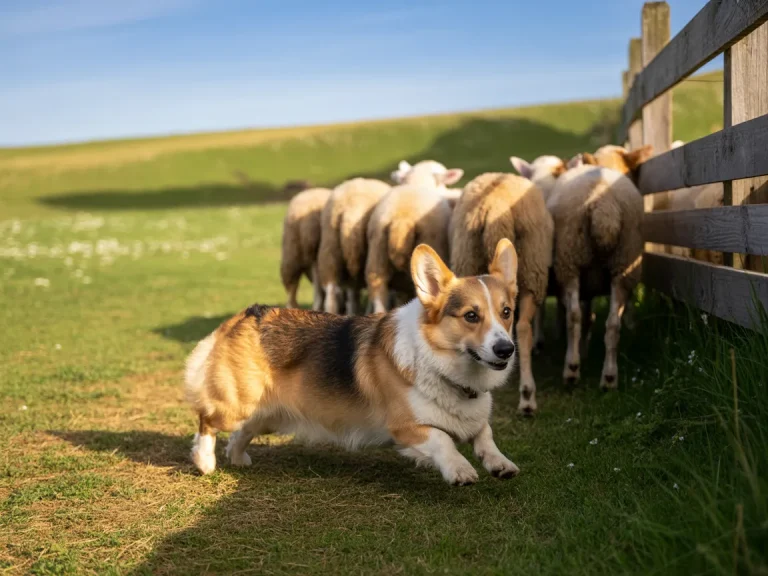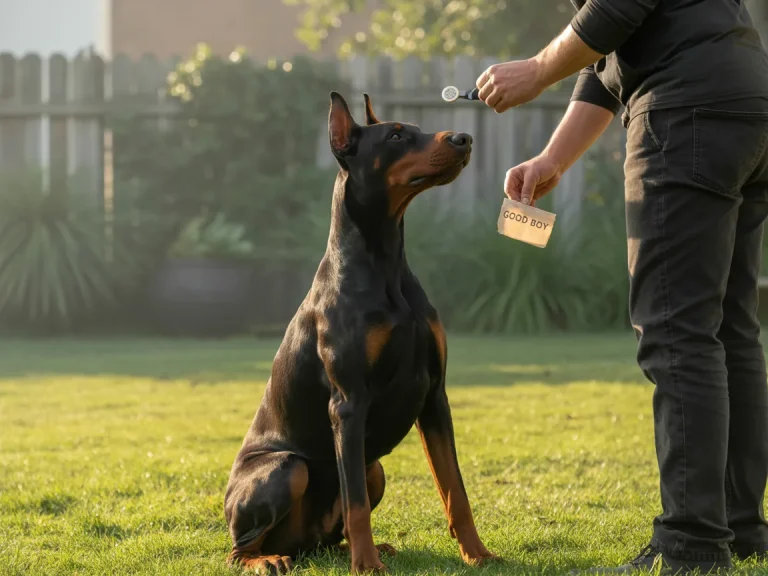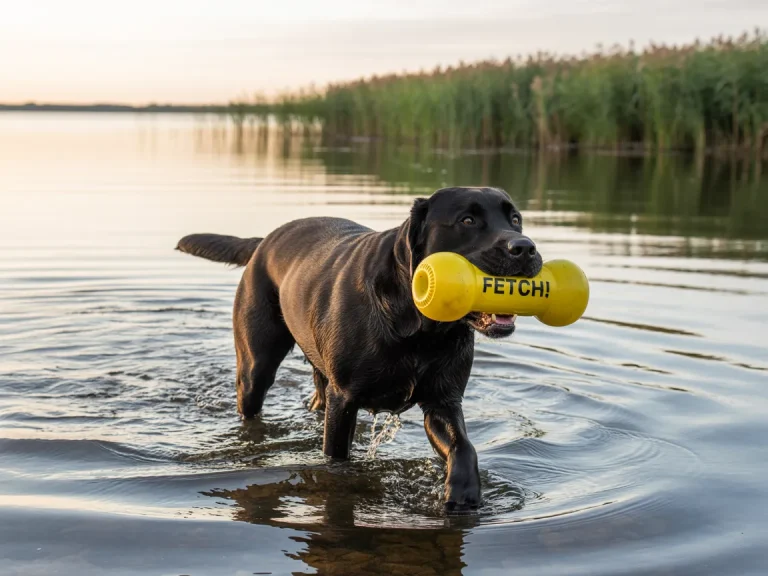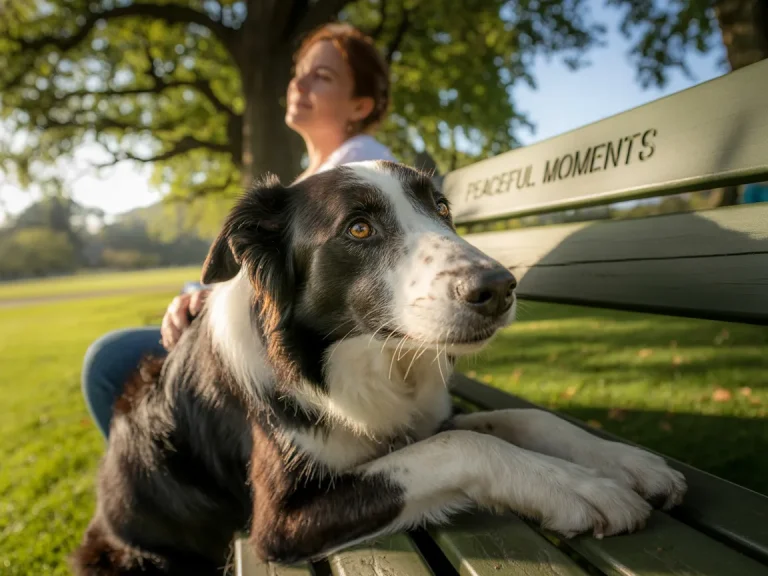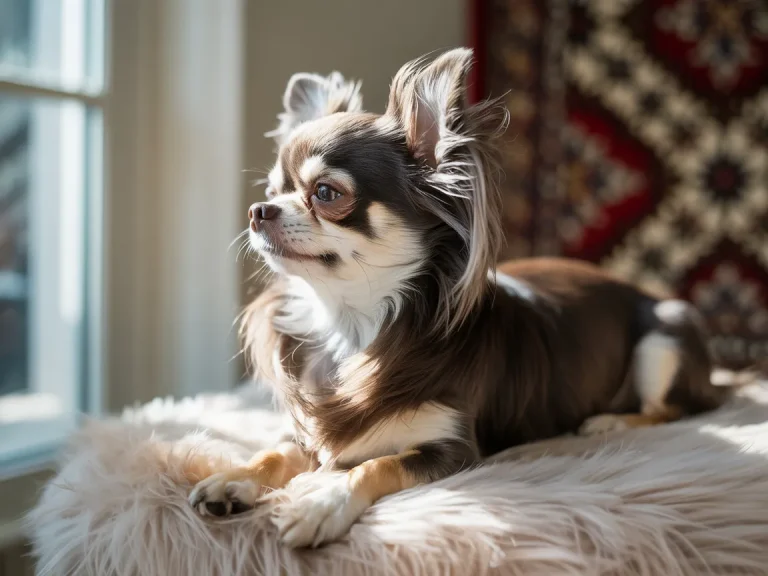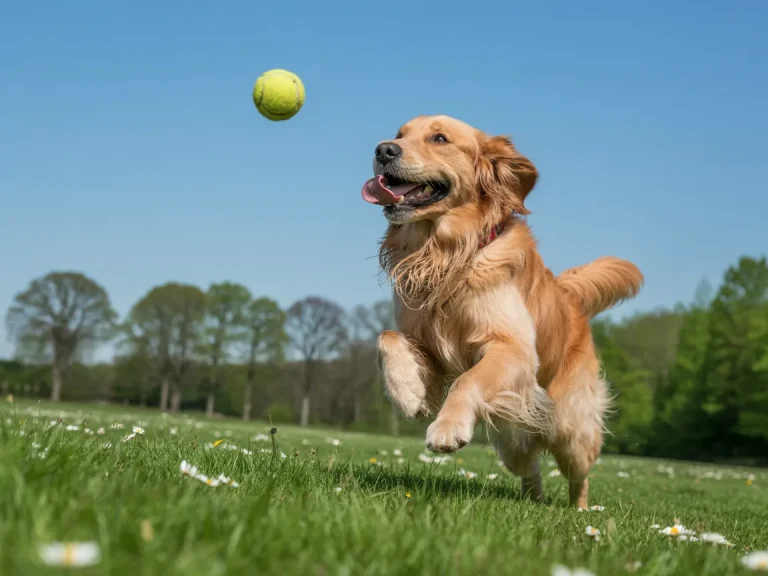Have you ever met a boxer and felt like you’d stumbled on a furry Olympic athlete? With their muscular frames and that signature square jaw—like a little marble sculpture—they’re impossible to ignore. Originally bred in 19th-century Germany for everything from guarding to hunting, today’s boxers wear their history on their sleeves (or rather, coats) like a well-tailored suit. If you’re curious about the official breed standard, the American Kennel Club Boxer breed profile lays out everything from temperament to coat colors

Understanding Boxer Energy Levels
Boxers aren’t your average couch potato—they’re more like a high-speed blender that never quits. Without daily outlets, that blender can start creating a mess: think shredded pillows or surprise holes in your garden. Recognizing where your dog sits on the energy spectrum helps you plan play sessions that leave both of you smiling instead of exhausted.
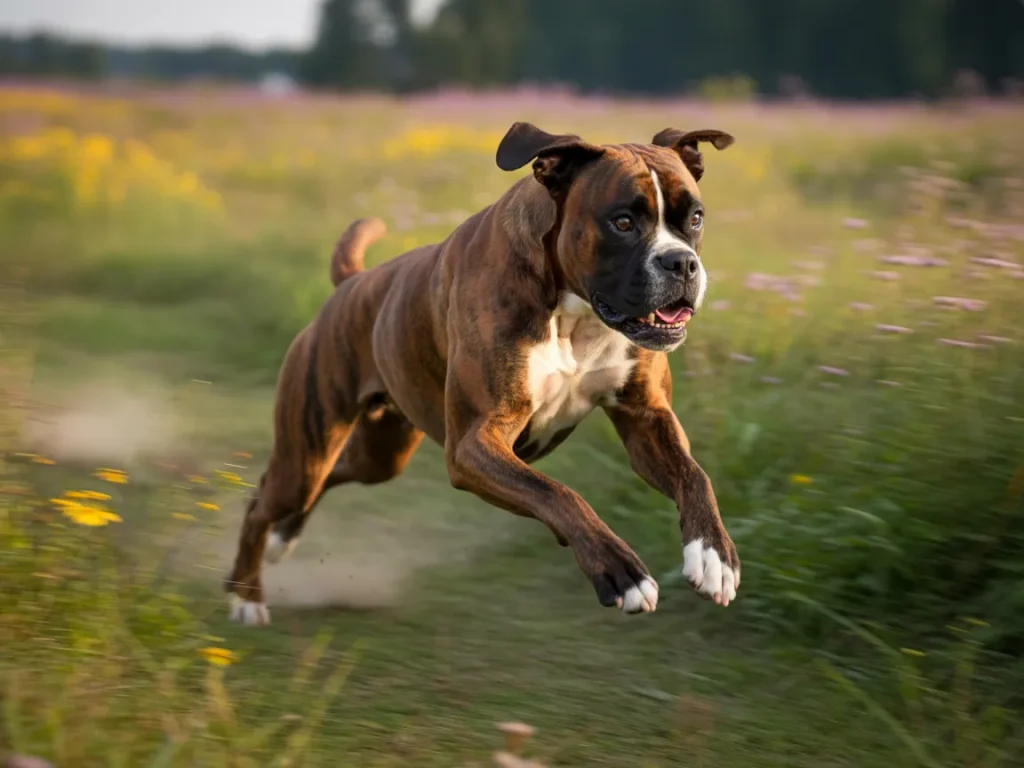
Age and Activity Correlation
Puppy Stage (8 weeks–6 months)
Imagine a little boxer pup bounding around like a furry jack-in-the-box—curious, clumsy, and full of wonder. But those tiny bones are still growing, so keep playtimes short (a handful of minutes) and sweet. Think quick games of “find the toy” instead of marathon fetch.
Adolescent Stage (6 months–2 years)
This is when your boxer hits peak zoom-ies—like a teenager who’s had too much sugar. They’re keen learners, so mix in mental games (hide treats under cups, teach new commands) alongside moderate jogs. It’s the perfect recipe for a pup who’s both brawn and brain.
Adult Stage (2–6 years)
By now your boxer’s stamina resembles a well-tuned engine. Daily jogs, hiking adventures, or even a spirited game of frisbee in the park will keep them balanced. Your goal? Turn that raw energy into a happy, focused companion.
Senior Stage (6+ years)
When your boxer slows down a bit, swap high-impact runs for gentle swims or leisurely strolls. It’s like trading a sprint for a scenic bike ride—still good exercise, but kinder on the joints.
Exercise Requirements for Boxers
Ask any vet and they’ll tell you: adult boxers need around 60–90 minutes of activity each day. It doesn’t have to be all at once—splitting it into two or three shorter sessions keeps things fresh and prevents overheating. For puppies, a handy rule is about five minutes of structured play per month of age, twice a day. And always watch for that “I’m done” flop—overdoing it before 18 months can stress growing joints.
Combining Cardio and Strength
Think of your boxer as an all-around athlete. Sure, they love a good sprint, but they also benefit from exercises that build muscle and coordination. A tug-of-war match or a mini obstacle course in your backyard (ramps, low jumps, tunnels) strengthens more than just their legs—it boosts confidence. Walk on varied surfaces—soft grass one day, gravel or gentle trails the next—to toughen up those paw pads and support healthy joints.
Engaging Activities and Tricks
Boredom is the enemy of a happy boxer. Ever tried teaching your dog to “spin” or “bow”? Those little victories light up their eyes. Dog sports like agility or dock diving channel that powerhouse energy into something constructive—plus, they’re a blast to watch. Back at home, puzzle feeders and treat-dispensing balls turn snack time into a brain teaser. Before you know it, your boxer is not just fit, but mentally satisfied too—less “what can I chew up today?” and more “look at me, I’m a superstar!”
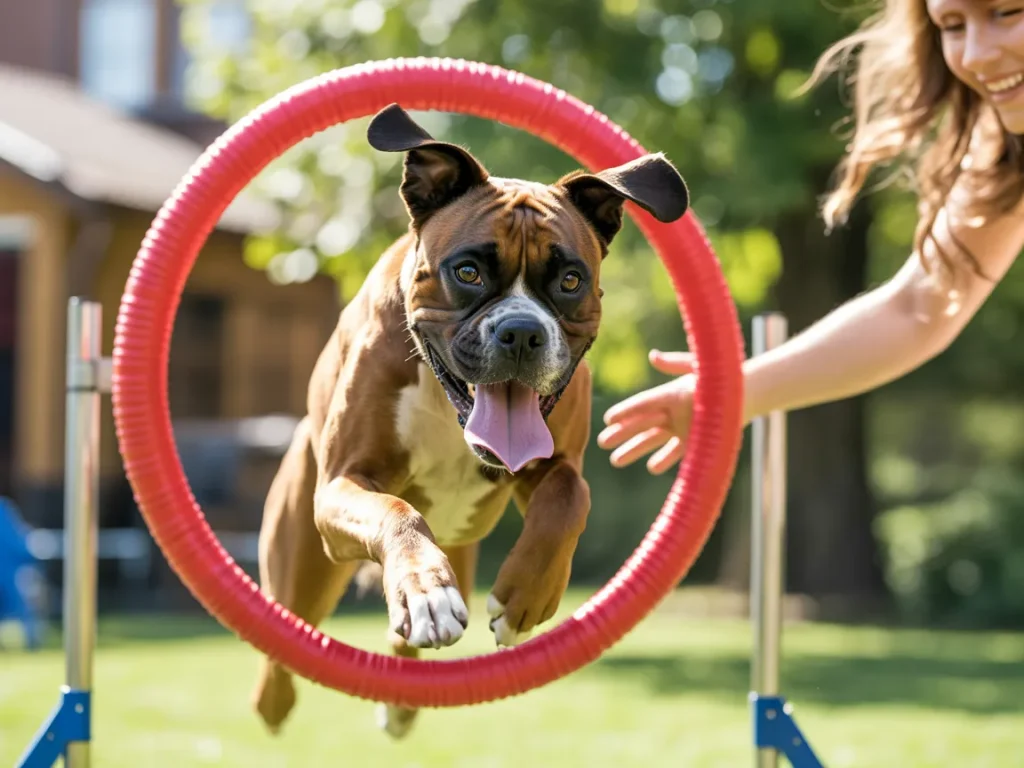
Boxer Dog Puppy Exercise Guidelines
When your boxer pup is still a little fluff ball, think of each play session like a quick coffee break—short, sweet, and supercharged.
Controlled Play
Use soft, squeaky toys and stick to grass or carpet. Hard surfaces are like asking a marshmallow to dance on tile: awkward and risky for growing bones.
Short Sessions
- 5–10 minutes of zoomies per round
- 2–4 times a day, spaced out
Puppies are sprinters, not marathoners. Multiple short bursts keep them happy and safe.
Socialization
Introduce your explorer to new sights and sounds:
- A friend’s backyard
- A quiet corner of the park
- A pet-friendly café
Each fresh sniff builds confidence and tames anxiety—turning the world into one big, exciting playground.
Basic Obedience
Sprinkle in training between play bouts:
- Ask for a sit before you throw the toy
- Call them back for a treat before round two
It’s like mixing brain food into every workout, teaching impulse control with a side of celebration.
Mental Stimulation and Enrichment
A boxer’s mind craves challenges almost as much as their legs love zooming.
Scent Games
Hide treats around the house or yard. Watching them zero in on buried treasure is like watching a tiny detective at work.
Training Challenges
Teach fresh tricks—“spin,” “weave,” or a dramatic “take a bow.” Each new command is a spark that lights up their eyes and tires them out mentally.
Interactive Play
Rotate toys every few days so nothing goes stale. Interactive toys like food puzzles satisfy their hunting instincts and keep their brains busy

Nutrition and Health Considerations
A boxer’s diet is their engine fuel—choose wisely. Opt for high-quality kibble (or a balanced raw diet) formulated for medium-to-large breeds—think premium protein and healthy fats. For guidance on which ingredients matter most, check out this profile of essential dog food ingredients and balance your pup’s meals accordingly. Overfeeding is like pouring gasoline on a fire—energy spikes but extra pounds can strain growing joints. Underfeeding is running on empty, leaving your pup sluggish and cranky. Always provide fresh water before, during, and after play to prevent dehydration.
Joint Support for Active Boxers
With all that jumping and running, boxers can be prone to hip dysplasia or arthritis.
- Supplements: glucosamine, chondroitin, omega-3s
- Vet Check-ups: catch twinges early to tweak workouts or supplements before a small ache becomes a big problem
Training, Socialization, and Bonding
Every romp in the yard is a chance to deepen your bond.
Positive Reinforcement
Tasty treats, belly rubs, or an enthusiastic “good dog!”—this trio cements good behaviors and builds trust.
Group Classes & Dog Parks
Learn proper play styles
It’s socialization with a side of fun: your boxer makes furry friends and masters the art of canine etiquette.
Practice polite greetings
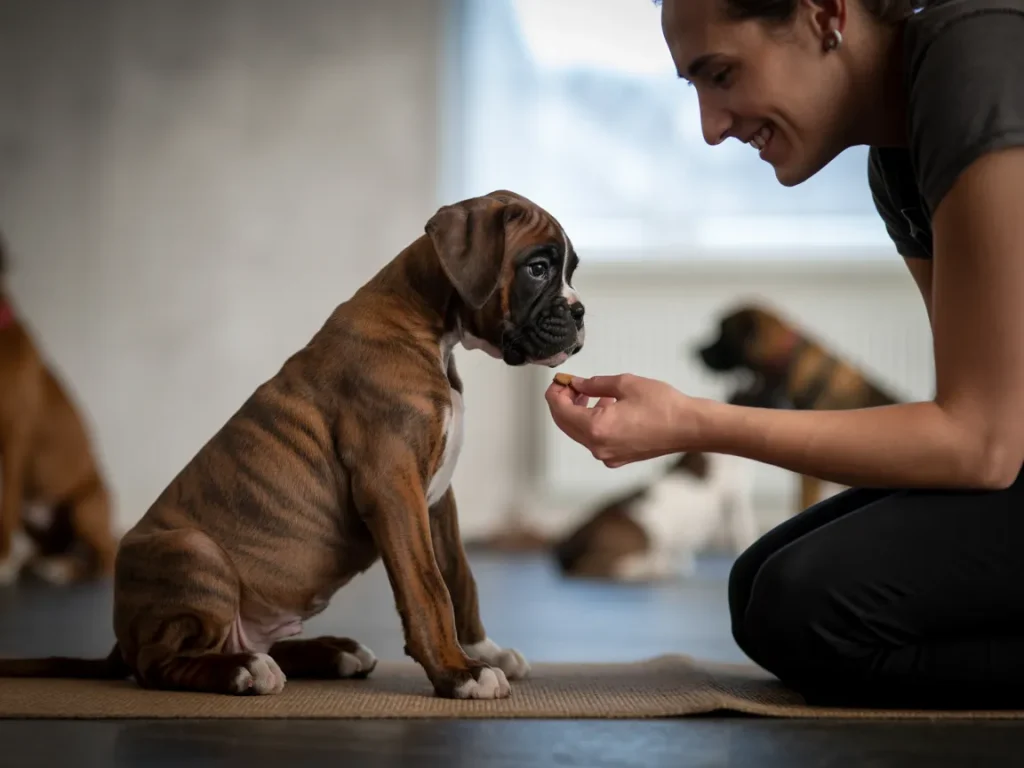
Seasonal and Environmental Tips
Summer Heat
Ever tried walking a boxer at high noon in July? Their short snouts act like little heat traps, so aim for early-morning or late-evening jaunts when the sun’s playing hide-and-seek. Stick to shady paths—think tree-lined streets or leafy parks—and let your pup dip into a kiddie pool or don a cooling vest for extra relief. It’s like offering them a tiny floatie on a summer lake: instant refreshment.
Winter Cold
When frost paints the sidewalks white, your boxer will still want those zoomies—but protect those joints and paws. A snug sweater or coat is like their personal sleeping bag, keeping core temperatures cozy. Before each walk, check for ice chunks and salt, which can turn paw pads into mini battlefields. If it’s really frigid, bring the fun indoors with a makeshift obstacle course or a few gentle treadmill strolls to keep muscles warm and spirits high.
Safety and Injury Prevention
Warm-Up and Cool-Down
Just like you wouldn’t sprint straight into a marathon, don’t throw your boxer into high-intensity play cold. Start with a casual stroll to wake up muscles, then ease into fetch or tug. After the fun, slow it down again—think of it as a doggie yoga cool-down.
Paw Patrol
Inspect those paws after every outing. Look for tiny cuts, twigs, or lodged salt crystals. A quick once-over keeps them tip-top and ready for the next adventure.
Leash and Gear
A sturdy harness or collar is your best defense against sudden lunges when they spot a squirrel. Make sure everything’s snug but comfy—no one likes a chafed neck or pinched fur.
Watch Their Breath
Boxers are brachycephalic (fancy word for “short-muzzled”), so keep an eye on their breathing in extreme temps. If panting turns frantic, call it quits and head somewhere cool—or cozy.
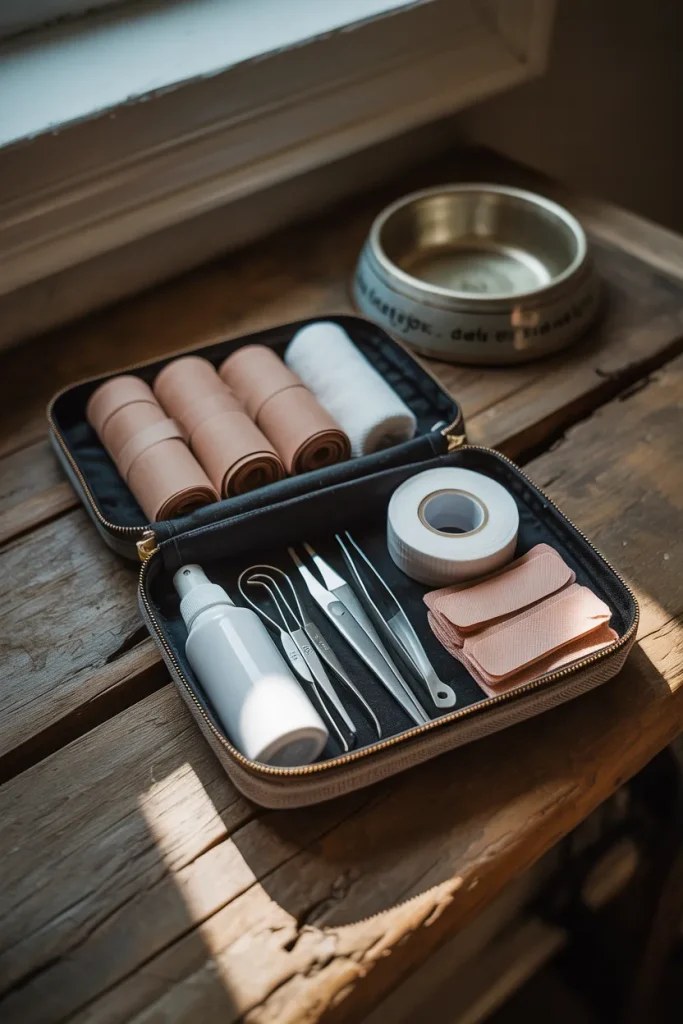
Creating a Sustainable Routine
Consistency is your secret weapon. Sketch out a daily rhythm that weaves in a brisk walk, a training snippet, and some cuddle downtime. Track how your boxer bounces back—energy levels, eagerness, and recovery—and tweak the mix until it feels like a well-tuned orchestra, not a wild jam session.
Conclusion
Mastering boxer energy isn’t just about clocking miles; it’s about crafting a balanced symphony of movement, mental challenges, and safety. Whether you’re guiding a bouncy puppy or keeping an adult champ in top form, these seasonal hacks and injury-prevention tips will help you build a happy, healthy bond. Embrace the journey—and every affectionate, bounding moment that comes with it!
Disclaimer: This article is for informational purposes only and does not constitute professional veterinary advice. Always consult a licensed veterinarian or certified dog trainer regarding the specific needs and health of your dog.
